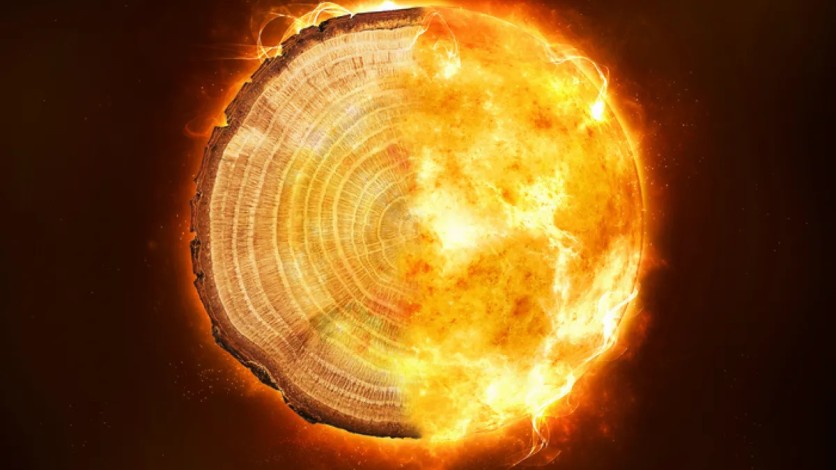Astronomers Richard C. Carrington and Richard Hodgson saw the most powerful geomagnetic storm ever seen in history in September 1859, which was forever known as the Carrington Event. If a storm hits our planet again, it will cause severe damage to our electric networks and technologies.
The Carrington Event, though, is nothing compared to another solar event. Many astronomers have long held that the cosmos experiences solar storms around every thousand years that are nearly 12 times more powerful, destructive, and intense than the Carrington Event.
The Miyake Event is the name given to this stronger solar storm.
But more interestingly, a group of researchers from the University of Queensland claimed that data from tree rings might be able to help us anticipate when the next Miyake Event would likely occur, as reported first by Interesting Engineering.

Tree Rings
"The leading theory is that they are huge solar flares. We need to know more because if one of these happened today, it would destroy technology including satellites, internet cables, long-distance power lines, and transformers. The effect on global infrastructure would be unimaginable," Dr. Benjamin Pope, an astrophysicist at UQ, said in a press release statement.
However, this is not the first study to use tree rings to examine solar flares and the terrestrial carbon cycle. For a very long time, researchers have been examining the C-14 isotope content of tree rings.
For instance, a group of researchers from the University of Arizona discovered in 2014 that tree ring analysis could be used to understand a variety of factors related to the Earth's carbon cycles.
Another study last year examined the rings in trees from Finland, California, and Switzerland to highlight a previous solar radiation event for the journal Geophysical Research Letter, as per Interesting Engineering.
Miyake Event in the Next Decade
Dr. Pope and his associates predict that a Miyake Event might occur within the next ten years in light of their findings. But it is worth noting that this is only a possibility, and there is but a 1% chance that this kind of solar will hit us in the next 15-20 years.
This new analysis also suggests that a Miyake doesn't happen as a single explosion, in contrast to earlier studies that thought of it as one big solar flare.
A Miyake Event is more of a cosmic explosion that may last weeks, months, or even years. The team claimed that they are not tied to sunspot activity and that some continue for one or two years.
The event is like an astrophysical "storm" or outburst rather than a single instantaneous explosion or flare, according to the study's first author Qingyuan Zhang.
Researchers are unsure of the extent of potential harm that a Miyake Event could do to people on Earth, even though the existing findings are highly concerning. For this reason, they believe that additional study is also necessary to comprehend the potential of upcoming Miyake Events fully.
Related Article : A Sunspot With the Size of Four Earths Ejects 10 Million Degree Solar Flare, Causes Radio Blackout over the Pacific
This article is owned by Tech Times
Written by Joaquin Victor Tacla
ⓒ 2025 TECHTIMES.com All rights reserved. Do not reproduce without permission.




